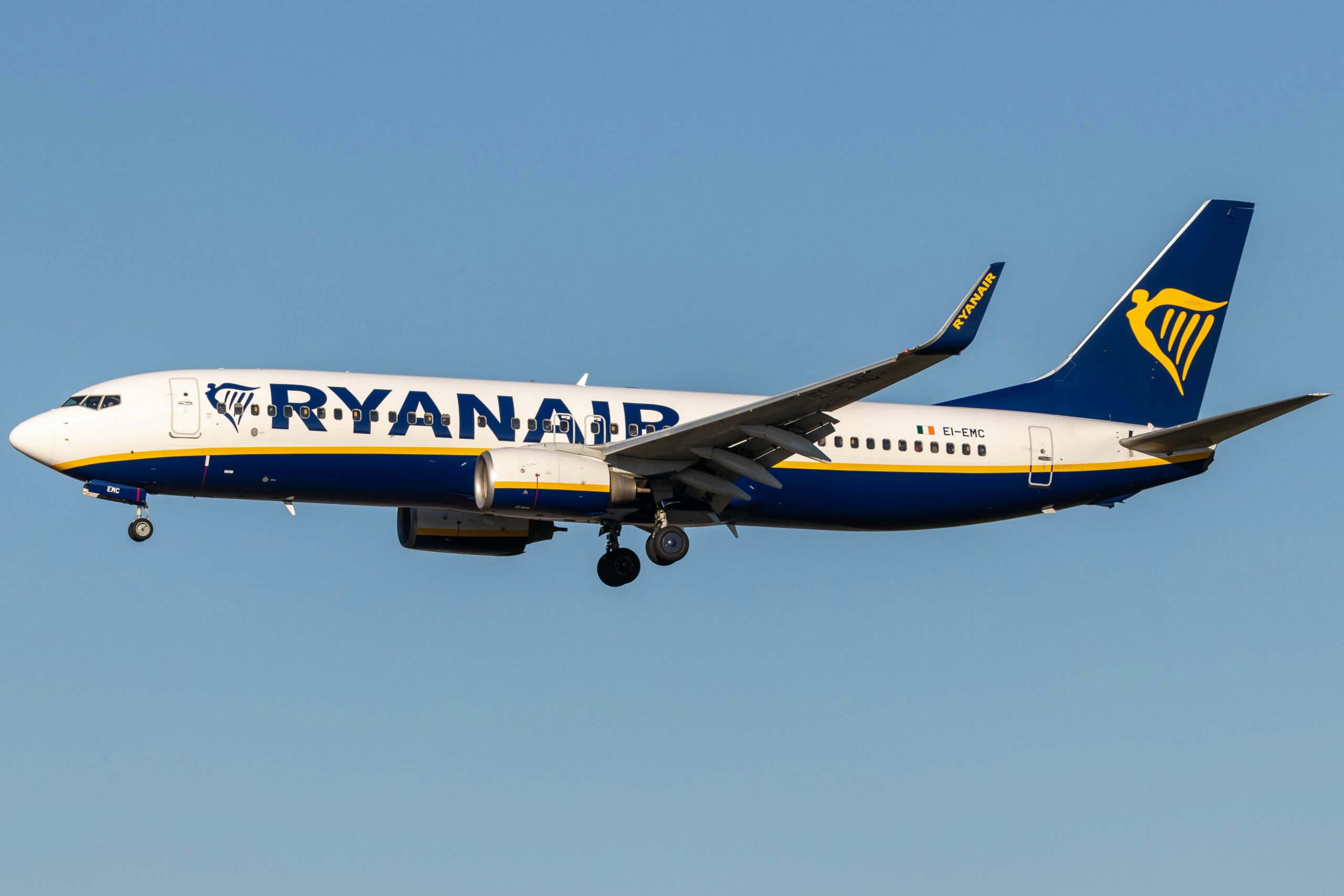Ryanair is preparing to slash around 1 million flights to and from Spanish airports by 2026, a move that will significantly impact both leisure and business travel. The decision comes in response to the Spanish airport operator Aena’s planned 6.5% fee increase for airlines starting in 2026.
For Ryanair, which has built its reputation as Europe’s leading low-cost carrier by keeping operational expenses low and passing savings on to customers, the increase is a red line. The airline argues that higher airport charges will inevitably lead to route cuts and fewer options for travelers. According to Ryanair’s CEO Eddie Wilson, the cuts will affect both regional airports and some seasonal routes, with changes starting as early as this winter season.
The announcement aligns with broader expansion projects at Spain’s two largest hubs, Madrid-Barajas and Barcelona-El Prat, which will benefit from the additional revenue generated by Aena’s higher fees. By 2031, Madrid aims to handle 90 million passengers annually—an ambitious leap from today’s traffic figures—strengthening its role as a European gateway to South America and Asia. Barcelona has similar ambitions, with a €3.2 billion expansion project already approved to accommodate more long-haul connections.
This isn’t Ryanair’s first confrontation with Aena. Earlier this year, the airline cut Spanish summer traffic by 18%, citing fee hikes and operational pressures. Several regional bases—including Jerez and Valladolid—were closed, while flights to Asturias, Zaragoza, Santander, and Vigo were reduced. The airline has also scaled back operations in Italy, Germany, and Denmark in recent months for similar reasons, consistently pointing to rising airport and government charges as the driver behind these reductions.
What Does This Mean for Business Travel?
For companies relying on frequent connections across Spain and Europe, Ryanair’s cuts may pose new challenges. The airline has long been a preferred option for cost-conscious corporate travel, particularly for small and medium-sized enterprises. By reducing its footprint in regional airports, business travelers could face:
- Reduced route availability: Direct connections between secondary Spanish cities and European hubs may disappear, forcing additional layovers or longer travel times.
- Higher costs: With fewer Ryanair flights, competition on certain routes will decrease, likely driving up fares from other carriers.
- Less scheduling flexibility: Business travelers often rely on multiple daily departures to manage tight itineraries. Flight reductions mean fewer options when last-minute changes are needed.
On the other hand, one side effect of Aena’s expansion strategy could benefit business travel in the long run. Larger hubs like Madrid and Barcelona will gain new international connections, opening possibilities for companies with global operations. While regional travelers may lose convenience, those operating internationally could see improved access to long-haul markets.
Ryanair and Business Travel: A Mixed Relationship
Ryanair has always had a complicated relationship with the business travel sector. On one side, it offers unbeatable fares and a wide network across Europe, which makes it attractive for companies seeking to minimize travel budgets. On the other, the airline’s model often raises concerns for corporate travel managers:
- Duty of care challenges: Ryanair’s point-to-point approach and reliance on secondary airports can complicate emergency planning and traveler tracking.
- Add-on costs: While base fares are low, ancillary charges for seat selection, baggage, and priority boarding can make total costs harder to predict for travel budgets.
- Service reliability: Business travelers often prioritize punctuality, flexibility, and streamlined services, areas where low-cost carriers have traditionally struggled compared to full-service airlines.
This tension means that while Ryanair plays an important role in corporate travel for certain segments, many companies use it selectively rather than as a primary carrier. The planned flight reductions are likely to reinforce that trend, pushing some firms to reconsider their travel mix and diversify suppliers.
Key Takeaways for Travel Coordinators
- Expect reduced connectivity from regional Spanish airports, especially for short-haul European business trips.
- Budget impacts are likely, as fewer low-cost options will mean higher average fares on affected routes.
- Madrid and Barcelona will grow as key international hubs, potentially improving access for long-haul corporate travel.
- Ryanair remains a useful but limited tool in the business travel toolkit. Its cuts highlight the need for diversified travel strategies.
For travel coordinators, the shift underscores the importance of flexibility and proactive planning. Monitoring route availability, renegotiating agreements with alternative carriers, and considering rail or hybrid options within Spain could help mitigate the disruption.

